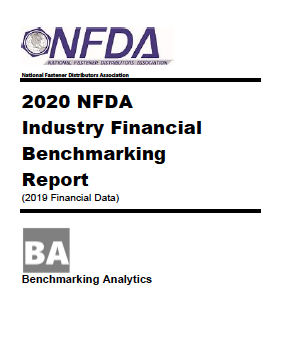
2020 Profit Report
Free - Firms That Participated in Profit Survey
$250 - NFDA Members
$500 - Non-Members
Purchase Report
Financial benchmarking is the process of comparing business practices and performance standards of your company to that of other firms in the industry. Improvements are made from learning through the results of benchmarking can help you to run your business more effectively and become more profitable.
Benchmarking is used to evaluate the performance of your business by focusing on a few key indicators. Those key indicators are then compared to that of other firms in the same industry. The knowledge gained from such a comparison allows you to determine how well you perform in comparison to the "best" or in this analysis the High-Profit distributors.
The benefit of financial benchmarking is that it measures your performance in relation to other distributors in the industry. Financial benchmarking not only serves as a performance metric, it magnifies issues that can be improved upon or corrected to be more profitable in the future. For example, you discover that your gross margin is 3% less than the industry benchmark. This means that for every $1 million in sales, competitors in the industry have a $30,000 advantage.
Once you discover the discrepancies, you will better understand your strengths and weaknesses compared to the industry.
Report Format
The report is organized into a number of sections, each designed to assist management in a specific area of inquiry:
- Executive Summary— The summary provides an overview of the study results, with emphasis on the differences between the typical firm and the high-profit company.
- Sales Volume Analysis — In-depth reporting of return on investment, income statement, balance sheet, financial ratios, and productivity ratios is provided in this section of the report. Management commentary and graphical support are provided to focus on the importance of these operating statistics. This section provides results by sales volume category.
- Bulk Sales Analysis —This section provides results by bulk sales percentage.
- Analysis of Variance—Analysis of Variance provides a range of common experience.
- Trend Analysis— The trend section highlights how median performance has changed over time for key measures and ratios.
|